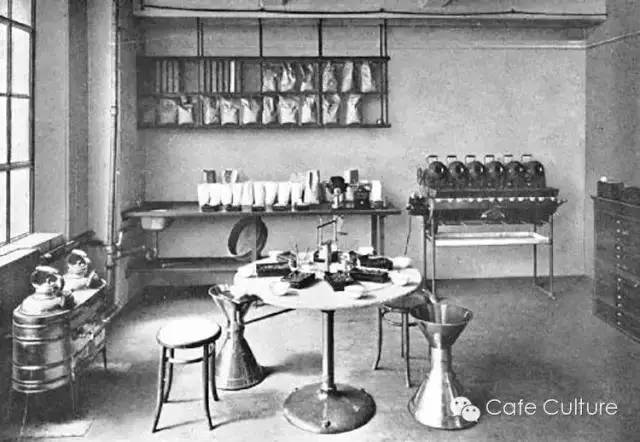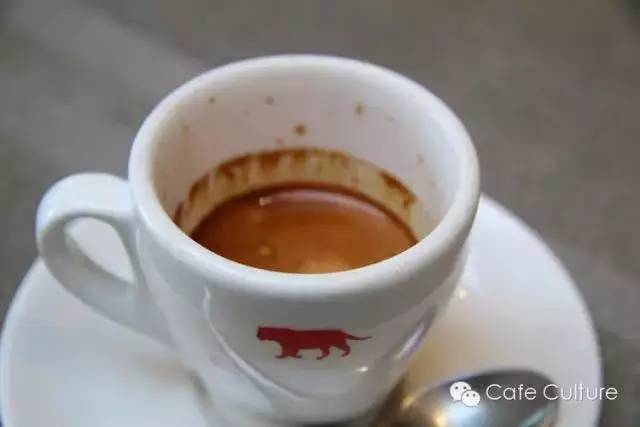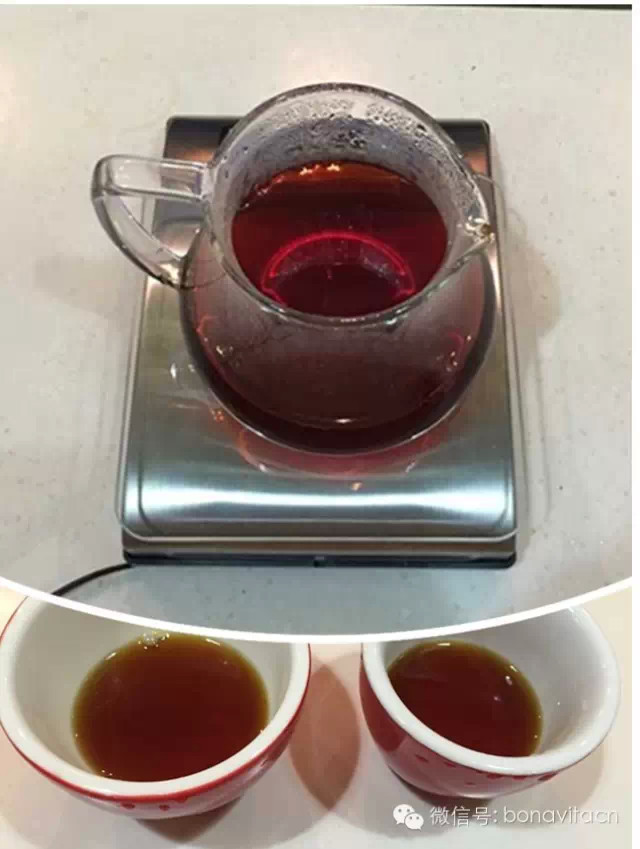Professional and technical paste 4 methods to teach you to identify the quality of raw beans
Purchasing raw beans is one of the most important and interesting jobs for every coffee roaster. Picking raw beans is like picking your favorite candy in a candy store. The average home baker can buy coffee beans according to the name, origin and product description of raw beans. Even if you buy it wrong, the loss is no more than $5, which is purely a lesson. But for real professional roasters, they buy at least 60 kilograms of raw coffee beans, which can cost more than $300 if they make the wrong choice, not to mention the taste. In addition to the financial losses, the company's reputation will also be dealt a heavy blow.

Here, the editor asks everyone who is engaged in coffee roasting to have a sample test before buying raw beans. In recent years, with the increasing sales of coffee, the coffee roasting industry is booming. On the other hand, the competitive pressure in the industry is also rising, and there are more and more new coffee roasting companies, including a large number of high-quality enterprises specializing in boutique coffee roasting. Therefore, if you want to survive in such a competitive market environment, as a coffee roaster, you must test the samples of raw beans before micro-batch boutique roasting or large-scale commercial baking. Only by fully knowing the coffee in your hand can you bake the best quality products for your customers.
Method 1: Cup test (Cupping)
The most basic and fundamental method for testing raw beans is cup testing. The test appeared in the early 20th century and was invented by the Hills Brothers brothers from Los Angeles. The cup test has two main purposes: one is to identify and eliminate defective beans in each batch of raw beans, and the other is to find out the best coffee in order to increase its sales price. In the past, there were differences in cup testing methods among different bakers in different countries, even in the same country. At that time, only large roasters and coffee importers and exporters conducted cup tests on raw beans. But now, with the gradual rise of boutique coffee, more and more people begin to understand and use the cup test method to test the quality of raw beans. The American Fine Coffee Association SCAA has also listed the cup test as one of the two major testing methods for the classification of raw beans of fine coffee.
At present, the American Fine Coffee Association has formed a set of perfect cup testing system and established a unified cup testing standard. The emergence of this system unifies the description and definition of coffee aroma and taste within the industry for the first time, and it makes a great contribution to the development of boutique coffee industry.
The unification of cup testing standards provides a reliable basis for buyers to choose coffee. For example, if I want to buy a batch of coffee, I will first know the cup test results of the coffee, so as to evaluate the overall quality of the coffee and its price range. From my personal point of view, I prefer to buy raw beans from importers who can provide cup testing structure. But it should be noted that cup testing is a subjective judgment. The cup test results obtained from others can only be used as a reference rather than a decisive basis for judging the quality of your coffee. Only by testing the beans in person can you be sure of the quality of the coffee and avoid all kinds of risks caused by mistakes.
Method 2: brewing test (Brew Test)
Many roasters choose raw coffee beans according to the results of the cup test. I also thought that as long as I passed the cup test, there would be no problem with the quality of the coffee. But it was not until I met Daniel Humphries (Daniel Humphries) of the Brewing for Quality training center that I really realized that there were many ways to test the quality of raw beans. Daniel says customers focus on the coffee experience. Therefore, after selecting the best quality coffee beans, be sure to use the most common coffee brewing method to detect the taste and aroma of coffee. You must feel and taste coffee from the consumer's point of view, so as to provide consumers with valuable information.
Method 3: shelf life test
1. Shelf life test of ripe beans: the shelf life of different varieties of coffee is different. As a roaster, you should repeatedly test the cup and brew of the coffee within 3-4 weeks after roasting. You need to test whether the quality of the coffee has changed over time and at what point the taste of the coffee begins to become thin and insipid. Based on the test results, you can estimate the sales cycle of the coffee and when the expired coffee should be removed from the shelves. Here I would like to remind consumers: if you find a certain kind of coffee particularly to your taste, don't hesitate to buy it home. Good coffee is not available every day. Even the best coffee will expire one day!
two。 Raw bean shelf life test: as a baker, once you buy a batch of raw beans, you must regularly test the cup of coffee. Raw coffee beans also have an expiration date. Once it expires, the fresh taste of the coffee and the aroma of fruit no longer exist, leaving only the old cardboard and wood flavor. The deterioration of raw beans does not happen overnight, so you need to always pay attention to the changes in the quality of raw beans. If you detect a hint of paper-like taste in the coffee, it means that the raw beans need to be promoted as soon as possible.

Method 4: Italian espresso test
Unfortunately, because the number of samples is very limited and the roasting, grinding and brewing parameters required for making espresso are quite different from the cup test, I seldom test espresso during the sample testing stage. However, it is undeniable that the detection of Italian espresso is also one of the important methods to judge the quality of raw beans.
Ps: this article is selected from Cafe Culture
Important Notice :
前街咖啡 FrontStreet Coffee has moved to new addredd:
FrontStreet Coffee Address: 315,Donghua East Road,GuangZhou
Tel:020 38364473
- Prev

Practical skills of making coffee by hand (1) get out!
Through the simple hand-brewing coffee process shared with you in previous issues, the editor believes that everyone should have a preliminary understanding and learning of opponent coffee brewing. In the next few issues, the editor will give you some practical information. Today, I will first share the Golden Cup guidelines with you. Hee hee! What is extraction? From the editor's point of view, extraction is the process in which water absorbs the essence from coffee. In 1964, Dr. Lockhart was in the United States
- Next
Answers to the Teaching problems of hand-made Coffee (1)
Many friends saw that I posted photos of the cadets' hand-made coffee in the moments, some of which were different from theirs in operation, and sent messages asking why they were different from theirs. Today, I would like to sum up the problems and explain them one by one. I do not object to other people's methods, because in my understanding, techniques are not important, but taste and hands are the most important.
Related
- What is the meaning of lactic acid fermentation with coffee bean treatment?
- How to judge the state of foam by sound?
- How does the latte pull out the unicorn pattern? Come to get for a little trick to improve the flower pull!
- Will flower pulling affect the taste of the latte?
- Do you know the history of coffee?
- The difference between honey treatment and sun washing what is raisin honey treatment?
- What kind of milk can a novice use to make coffee foam to keep the foam longer? The correct method and skills of milking tutorial sharing
- Why do washed coffee beans taste sour? Flavor characteristics of washed Coffee
- Introduction to the skill of how to practice the size and height of water injection around the circle of hand-brewed coffee
- How do beginners practice coffee flower drawing from scratch?

